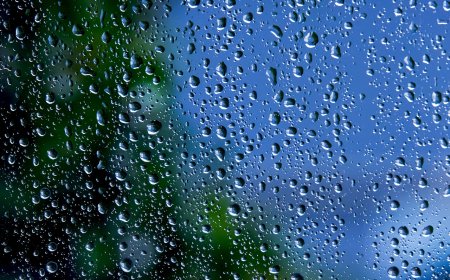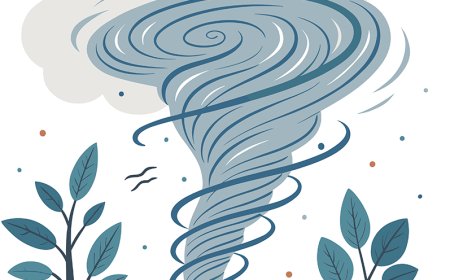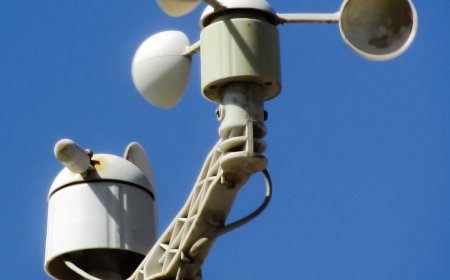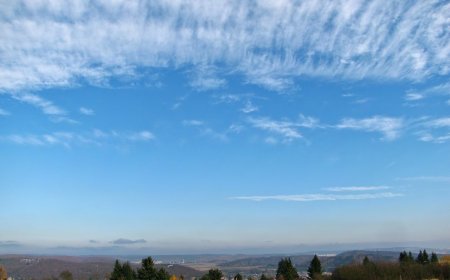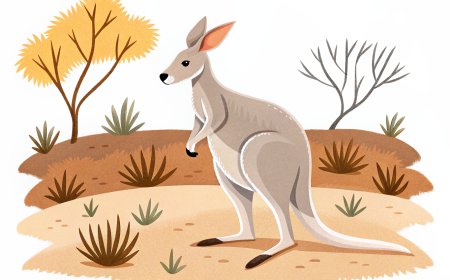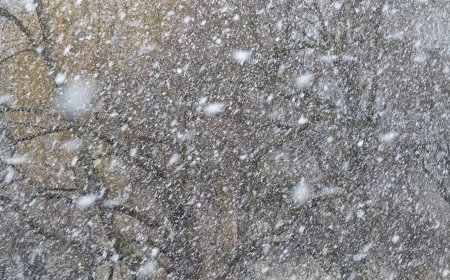Climate Zones for Kids – Discover Earth’s Different Weather Regions
Learn about climate zones for kids. Explore how Earth's climates—tropical, polar, desert, and more—shape long‑term weather patterns and affect life around the globe.
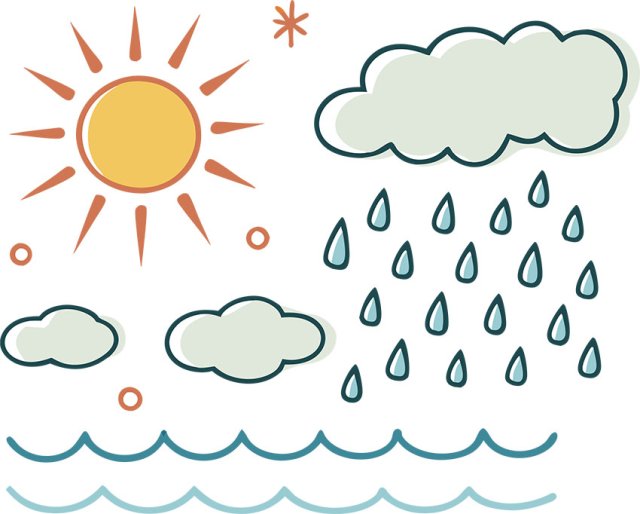
🧭 Introduction
Have you ever wondered why it’s hot and rainy in the rainforest but freezing cold in the Arctic? That’s because different parts of the world have different climate zones. A climate is the average weather in a place over a long period of time—usually 30 years or more. Unlike daily weather, which can change quickly, climate tells us what kind of conditions a place usually has all year long. Learning about climate zones helps us understand where different animals live, what crops can grow, and how people adapt to their environment.
🌤️ Weather vs. Climate
Before we dive into climate zones, it’s important to know the difference between weather and climate:
Weather is what’s happening in the atmosphere right now, like rain, sunshine, or snow.
Climate is the usual weather over a long time in a certain area.
For example, if it’s snowing today in Texas, that’s unusual weather—but the climate in Texas is still considered warm and dry most of the year.
🗺️ The Five Major Climate Zones
Scientists divide Earth into five main climate zones. These zones are based on temperature, precipitation, and location. Each one supports different ecosystems and living conditions.
1. Tropical Zone
Located near the equator
Very warm all year
Lots of rain and humidity
Home to rainforests and tropical plants and animals
Example locations: Brazil, Congo, Indonesia
2. Dry Zone
Hot during the day, cool at night
Very little rain
Includes deserts and dry grasslands
Plants and animals have special ways to store water
Example locations: Sahara Desert, parts of Australia and the Middle East
3. Temperate Zone
Moderate temperatures—not too hot or too cold
Four seasons: spring, summer, fall, and winter
Good for growing crops and supporting large cities
Example locations: United States, Europe, China
4. Polar Zone
Very cold most of the year
Short summers with long winters
Covered in ice, snow, or tundra
Limited plant life and unique cold-adapted animals
Example locations: Antarctica, Arctic, northern Canada and Russia
5. Highland Zone
Found in mountainous regions
Climate varies with elevation (higher = colder)
Can include forests, snowcaps, and alpine meadows
Weather changes quickly
Example locations: Andes Mountains, Himalayas, Rockies
🧬 What Affects Climate?
Many different factors determine a region’s climate:
Latitude – Distance from the equator affects sunlight and temperature
Elevation – Higher places are cooler
Distance from oceans – Water moderates temperature
Ocean currents – Warm or cool currents affect nearby land
Wind patterns – Help move warm or cold air around the planet
Landforms – Mountains and valleys influence wind and rainfall
These factors combine in unique ways to shape the climate in different parts of the world.
🌾 Why Climate Matters
Climate has a huge impact on life on Earth:
Plants and animals adapt to their climate zone
Farmers choose crops based on temperature and rainfall
Builders and engineers design homes to suit the climate
Clothing, food, and traditions vary from one climate to another
Tourism and travel depend on climate (think ski resorts or tropical beaches)
Understanding climate helps people plan, protect the environment, and prepare for changes.
🔄 Climate Change
While climate zones have stayed mostly the same for thousands of years, scientists are now seeing changes. Climate change means that average temperatures and weather patterns are shifting. Some areas are getting hotter, others drier or stormier. These changes can affect:
Animal migration
Crop growth
Sea levels
Storm strength
Learning about climate zones helps us notice these changes and figure out how to respond to them.
📚 Vocabulary Words
Word Definition
Climate The usual weather in a place over many years
Latitude How far a place is from the equator
Precipitation Rain, snow, sleet, or hail that falls from the sky
Temperate Not too hot or cold—mild climate
Tundra Cold, treeless region found in polar zones
💡 Interesting Facts About Climate
The equator always receives direct sunlight, so it’s hot year-round.
The coldest temperature ever recorded on Earth was −128.6°F in Antarctica!
Some deserts, like the Atacama in Chile, get less than 1 inch of rain per year.
Tropical rainforests can receive up to 400 inches of rain annually.
Mountain climates can change every 1,000 feet of elevation.
👧 Kid-Friendly Summary
Climate is what the weather is like over a long time in one place. The Earth has five main climate zones: tropical, dry, temperate, polar, and highland. Each zone has different temperatures, weather, animals, and plants. Learning about climate helps us understand where people live and how the Earth works.
✅ Interactive Quiz
Q1: What is climate?
A. Today’s weather
B. Wind speed
C. The average weather over time ✅
D. How clouds form
Q2: What climate zone is near the equator and hot all year?
A. Polar
B. Temperate
C. Tropical ✅
D. Highland
Q3: Which zone is very cold most of the year?
A. Tropical
B. Dry
C. Polar ✅
D. Desert
Q4: What zone includes deserts and little rainfall?
A. Temperate
B. Dry ✅
C. Polar
D. Rainforest
Q5: What can affect climate in a region?
A. Distance from the ocean
B. Latitude
C. Elevation
D. All of the above ✅
Scoring:
5/5 = 🌎 Climate Master
3–4 = 🌦️ Zone Explorer
1–2 = 📘 Learning the Layers


















































